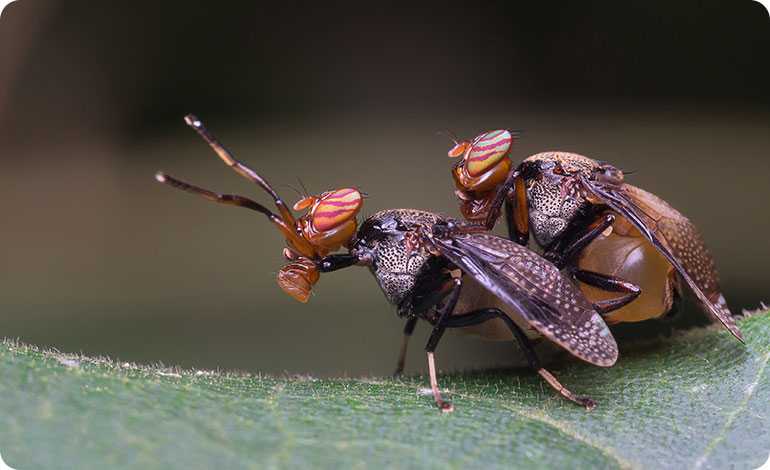Eco Flooring Without Termites and Bugs
In our quest for sustainable living and environmentally friendly choices, one often-overlooked aspect of our homes is the flooring. While hardwood floors and bamboo options are renowned for their eco-friendliness, they are not without their challenges, particularly when it comes to termites and bugs. In this blog, we explore the concept of eco flooring that not only promotes sustainability but also keeps those pesky pests at bay.
Rem aperiam, eaque ipsa quae ab illo inventore veritatis et quasi architecto beatae vitae dicta sunt explicabo. Nemo enim ipsam voluptatem quia voluptas sit aspernatur aut odit aut fugit sed quia consequuntur.
- The Appeal of Eco-Friendly Flooring
- The Termites and Bugs Dilemma
- Eco Flooring with Built-In Pest Resistance

The Termites and Bugs Dilemma:
However, the eco-friendly charm of these flooring materials can sometimes attract unwanted visitors – termites and bugs. Wooden flooring, in particular, provides an ideal habitat for these pests. Termites are notorious for infesting wood, causing structural damage, and requiring costly extermination and repairs. When you opt for sustainable hardwoods or reclaimed wood flooring, you may inadvertently invite termites and bugs into your home. While these materials are environmentally responsible, they can be prone to infestations, which can be a major headache and financial burden.Eco Flooring with Built-In Pest Resistance: So, is there a way to enjoy eco-friendly flooring without worrying about termite and bug infestations? Yes, there is. Some innovative eco flooring options are designed with built-in pest resistance, giving you the best of both worlds: sustainability and pest control.
“Don't Let Pests Take Over Your Home
We Provide You The Best Pest Control Solutions .”
Cork flooring is not only a sustainable choice but also naturally resistant to pests. The material comes from the bark of cork oak trees, which naturally repel insects, including termites. Additionally, cork flooring has a unique cellular structure that makes it difficult for pests to penetrate or thrive.

2. Engineered Wood Flooring:
Engineered wood flooring is constructed using layers of real wood backed by high-quality plywood. This manufacturing process minimizes the risk of pest infestations compared to solid hardwood flooring. Additionally, many engineered wood options come with pest-resistant treatments to further deter termites and bugs.

3. Bamboo Flooring:
Bamboo is a sustainable superstar in the flooring world, and it also possesses natural pest resistance. The plant’s natural oils and fibers make it unappealing to termites and bugs. Bamboo flooring can be a beautiful and eco-friendly alternative for those concerned about pests.

4. Porcelain Tile That Mimics Wood:
For those who want the aesthetics of wood without the associated pest risks, porcelain tiles that mimic wood are a fantastic choice. These tiles offer the warmth and appearance of wood but are impervious to termites and other pests.

5. Linoleum Flooring:
Linoleum is made from natural materials like linseed oil, cork dust, and wood flour. It’s inherently resistant to pests, making it a durable and eco-friendly option for various rooms in your home.

6. Concrete Flooring:
For an industrial or minimalist aesthetic, concrete flooring is both eco-friendly and naturally pest-resistant. While not suitable for every room, concrete can be an excellent choice for modern homes or commercial spaces.

Conclusion:
Choosing eco flooring that is also resistant to termites and bugs is a smart way to protect your investment, maintain a healthy home, and contribute to sustainable living. These options not only reduce the risk of infestations but also provide you with beautiful, long-lasting flooring that aligns with your eco-conscious values.
Embrace the beauty of eco flooring without the worry of pests, and you’ll be on your way to a sustainable, pest-free, and visually appealing home.
